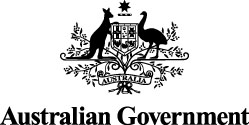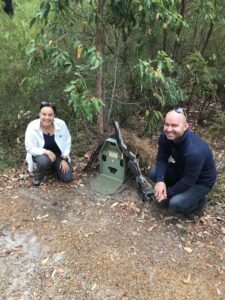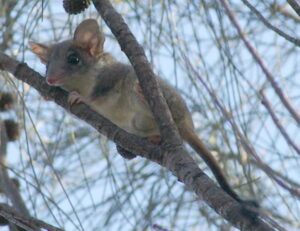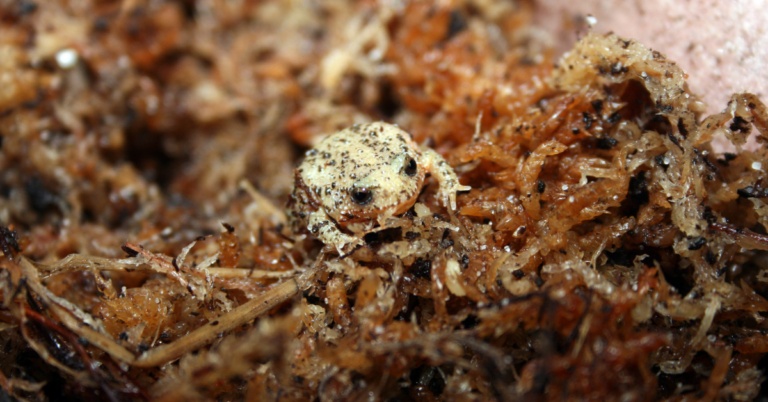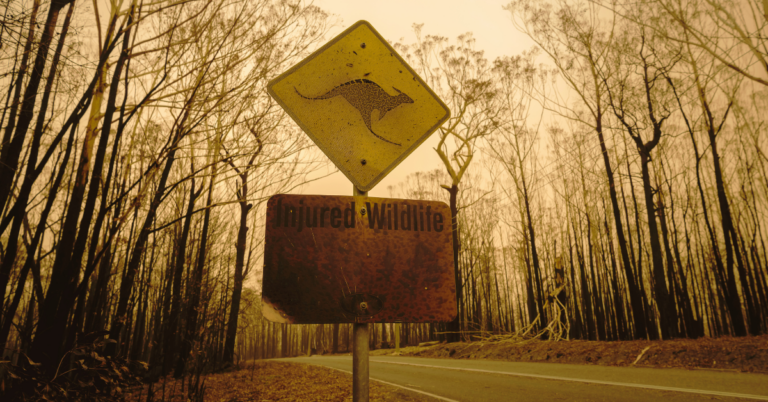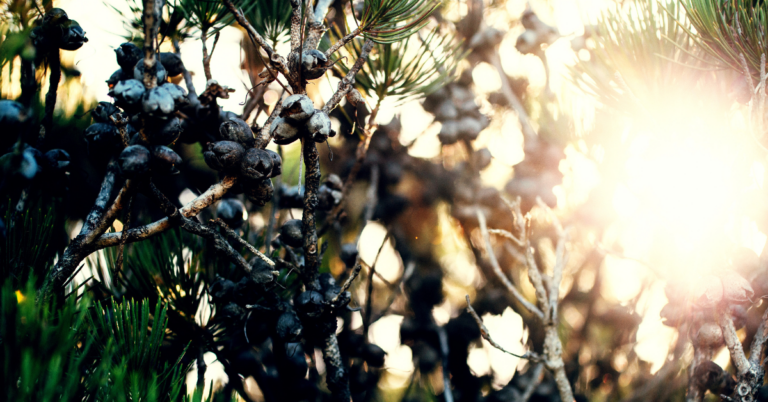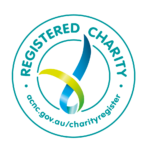Wellington National Park is one of the natural jewels in the crown of our South West Natural Resource Management region.
Located 10km west of Collie and approximately 215km south of Perth in the Shire of Collie along the Coalfields Highway, it is covered by 25,000 hectares of ancient jarrah, marri and blackbutt forest and the scenic Collie River meanders through its valleys.
The Park is also home to the chuditch (Dasyurus geoffroii), quokka (Setonix brachyurus), and western ringtail possum (Pseudocheirus occidentalis) – and all are under threat of extinction.
The problem
One of the biggest threats to their ongoing survival are populations of introduced species such as foxes, feral cats and feral pigs which prey on wildlife and/or destroy their habitat.
With funding support from the Australian Government’s Saving Native Species grants, South West NRM and Leschenault Catchment Council have joined forces in an 18-month project designed to specifically target these introduced species on the national park boundary and reduce their impact on native wildlife.
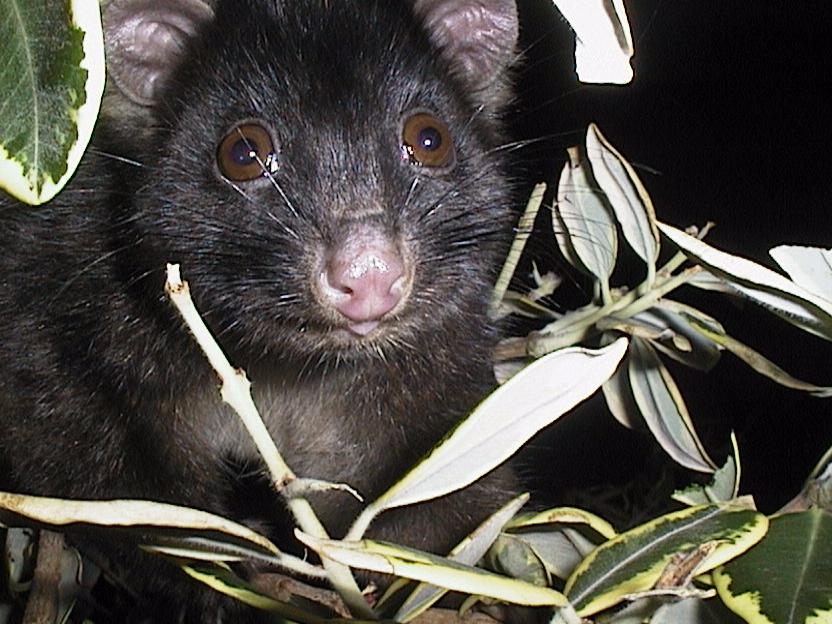

What we’re doing about it
The Wellington National Park project engages with landholders located on the park boundary with the aim of targeting introduced species on their properties and reducing the number which enter the nearby park and prey on wildlife or destroy their habitat.
We’re looking for at least 20 landholders covering 3,500ha to get involved who are:
- Passionate about the natural environment
- Frustrated by introduced species coming onto their property and;
- Interested in receiving FREE expert help with feral animal control
The project commenced in June, 2024 and will run until November, 2025.
Our coordinated landowner conservation program will build resilience for fauna under threat of extinction, reduce the rate of reinvasion of introduced species, and complement conservation values of the National Park.
The program includes:
- Property Assessment to identify biodiversity values and associated threats;
- Bush management advice;
- Provision and set-up of two remote cameras for monitoring;
- Feral animal control by licenced pest technician;
- Feral animal control training via special events;
- Evening barbecue at project conclusion to explore results and learnings.
Contact for this project
Enquiries about the project can be directed to:
Katrina Zeehandelaar-Adams
Leschenault Catchment Council
0403 558 863
[email protected]
How it links to our previous work
Developing strategies like this one, that will both protect and restore critical populations of wildlife found nowhere else on earth (western ringtail possums, mainland quokkas and chuditch) first need detailed population data.
We achieved this for the Wellington National Park under a five-year Regional Land Partnership project we delivered on behalf of the Australian Government and completed in late 2023.
Armed with data from a comprehensive terrestrial fauna monitoring program of the national park using remote sensor cameras, we began looking to next steps.
During the monitoring, our cameras confirmed presence and extent in the park of seven threatened mammal species – woylie, chuditch, quenda, western brush wallaby, brush-tailed phascogale, western ringtail possum and quokka.
What the cameras also picked up was presence of introduced species including feral cats, foxes and feral pigs.
Introduced species control within the national park is undertaken by the Department of Biodiversity, Conservation and Attractions however beyond the boundaries of the park where privately-owned properties are located, the threat of introduced species remains.
South West NRM’s team of ecologists believe that raising awareness and providing practical advice to landholders is a critical part of addressing these threats.
Click the button below to read a Case Study on our previous work: Creating Safe Havens for the western ringtail possum and priority-listed national threatened species of the South West.
Or you will find a wealth of information on our dedicated western ringtail possum page.

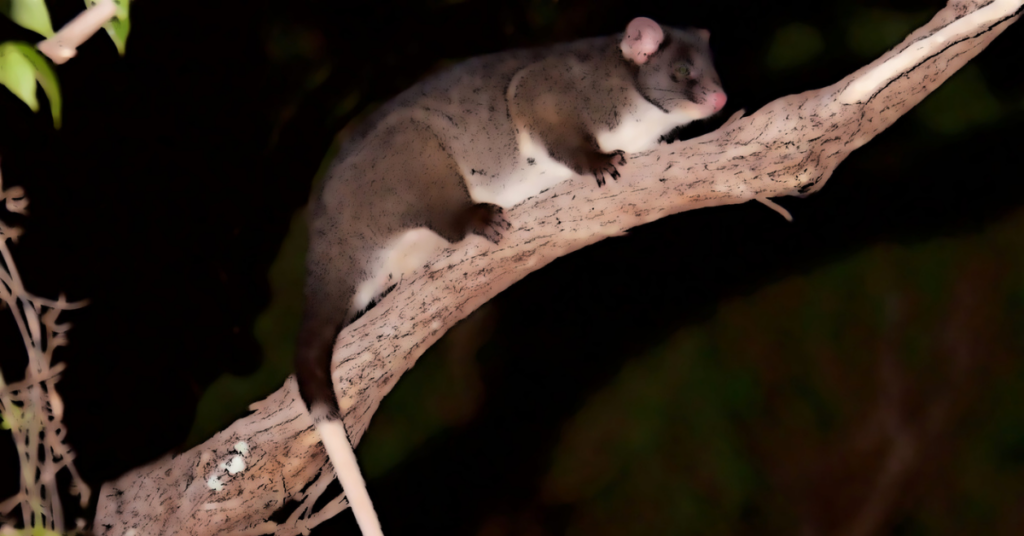
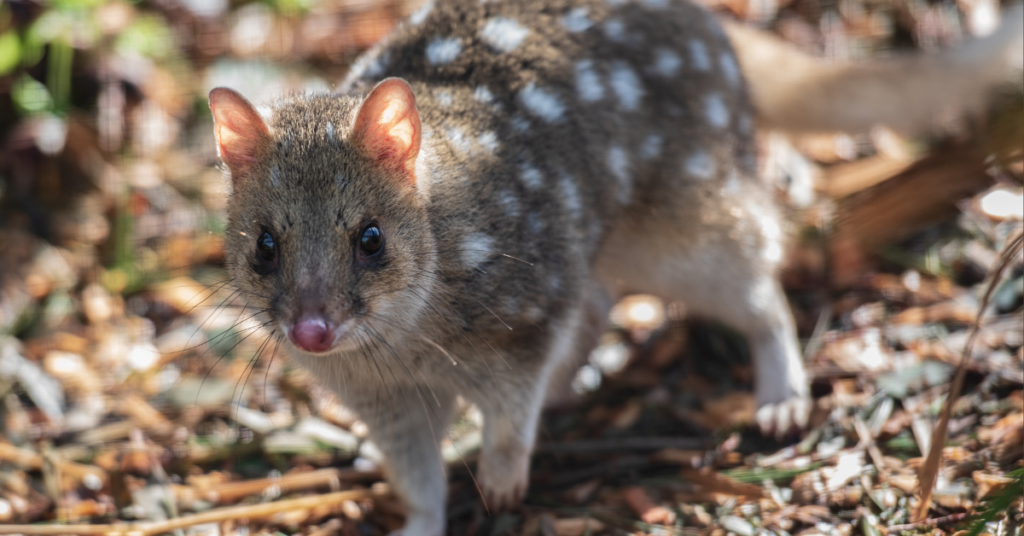
quokka
western ringtail possum
chuditch
Frequently Asked Questions
The project will focus on private land adjoining the southern boundary of the Wellington National Park.
These conservation areas are located in the South West of Western Australia on the western edge of the Darling Plateau, about 195 km south of Perth, 7 km west of the Collie townsite in the shires of Collie and Dardanup.
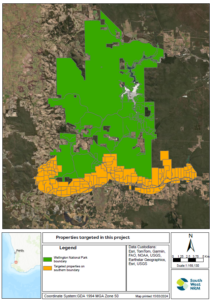
- Be available to meet with our team individually for the purpose of conducting a property assessment and to discuss the project.
- Allow access to your property when required by our team (notice will be provided to you before we access your land).
- Attend awareness raising and training events conducted throughout the project to promote understanding of introduced species control both for landholders and the park itself. Events will also aim to build landowner skills and knowledge so that feral animal management is continued by landowners following completion of the project.
- Checking of infra-red cameras used for wildlife surveillance if interested (Otherwise our team will do this for you).
Activity on participating properties will be monitored using remote infra-red cameras. Camera deployment will be designed and managed by South West NRM staff to ensure they are used effectively. Checking and management of photographs taken by the cameras can involve landholders (If you have the time and interest).
Control of introduced species focusing on foxes, feral cats and feral pigs will be coordinated across participating properties through a combination of landholders and contractors such as the Leschenault Biosecurity group. Feral pig control will be undertaken using Hog-gone baits which have been shown to be an effective and highly selective method of control for this pest species. Hog-gone baits are not a restricted poison and therefore no permits are required. Fox control will be undertaken through a combination of baiting and shooting. Feral cat control will be undertaken through either shooting or trapping.
Where 1080 baiting is to be used a Restricted Chemical Permit is required from the Department of Primary Industries and Regional Development and Landholders will be supported to obtain these permits with the program covering the application fees.
For property owners that wish to implement the control themselves, two events will be run each year with training in pest animal control techniques.
No baiting of cats will be undertaken in this project due to the risk to non-target cats. Only shooting and trapping of cats will be undertaken in this program.
Surrounding landholders will be notified 2 weeks prior to cat control being conducted with a prompt to ensure pet cats wear a collar if/when they are outside.
1080 baiting signage targeting foxes will be erected on all properties where 1080 baiting occurs, and it is recommended that landholders control their dogs while baiting operations are underway.
Related Document
Project Partners
* This project received grant funding from the Australian Government Saving Native Species Program.
